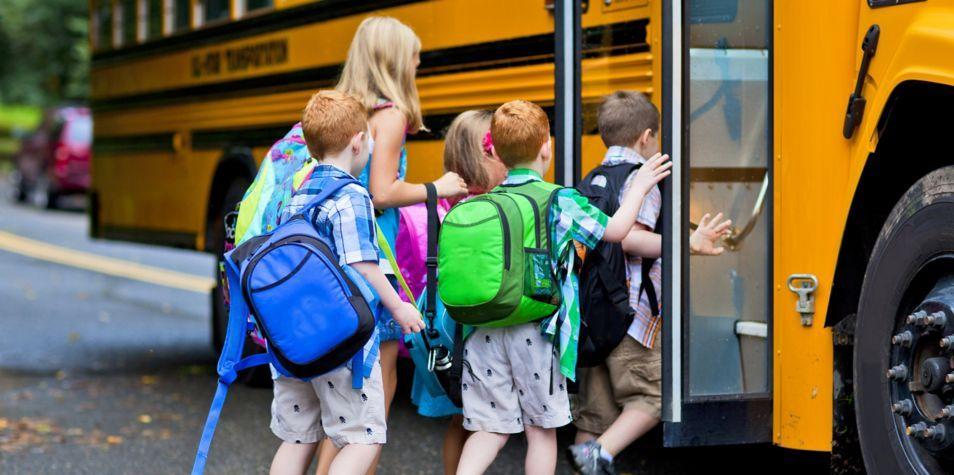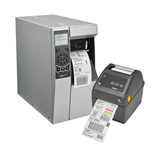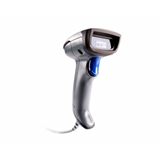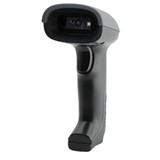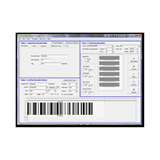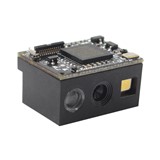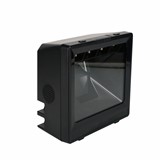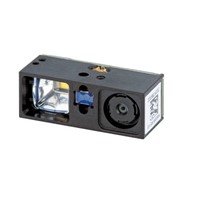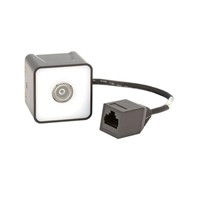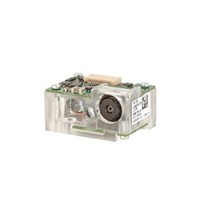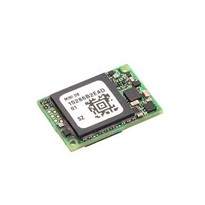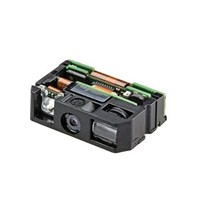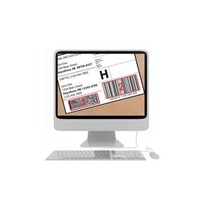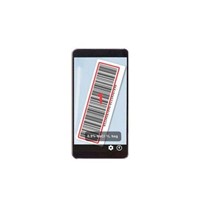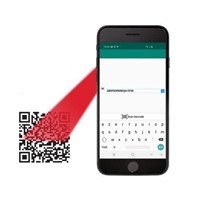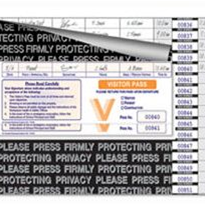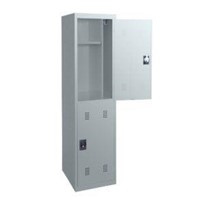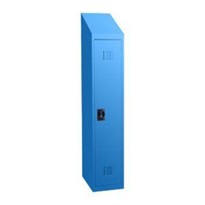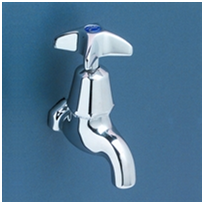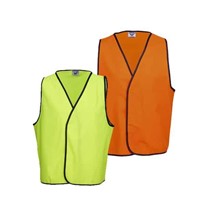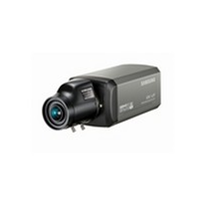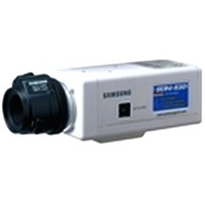The technology needs to meet rigorous school requirements but be at an investment level that is affordable for districts and administrations. Schools are turning to barcode-based systems as the go-to solution for various use cases because it is affordable, reliable, flexible and up-to-date in its modern applications.
Barcode-based scanning technology provides education with solutions that are having a positive impact in helping to:
- Save time and reducing errors. Barcodes help the education industry automate and reduce errors associated with the manual task such as student tracking, attendance monitoring, access control, and asset tracking. This saves faculty and staff the necessary time they can spend focusing on the student.
- Improve security and peace of mind. Barcodes can help school faculty, staff, visitors and volunteers track students and asset locations. Off-campus staff track students and equipment to know their location inside or outside the campus. Should a crisis or emergency arise, administration and first responders can have near-immediate access to who is on campus and where they are located. Parents can be provided timely information and help with understanding the situation and reuniting with their children.
- Improve health and safety. Health and safety are of paramount importance to every community. In the case of study, illness or exposure to pathogens like COVID-19, schools have data available for activities like conduct contact tracing, which provide the data needed to make timely decisions to safeguard student, faculty and family populations.
- Saving money. Barcodes help schools track and manage equipment, supplies and investments. Equipment maintenance history and schedules can be kept; supplies are ordered as needed, and asset theft and loss are reduced because of a proper and detailed chain of custody.
How Schools are Using Barcodes Solutions to Impact the School Day
Scanners and barcode-based systems can impact many aspects of the school day. Let's take a closer look and discover barcoding is improving and impacting different parts of the school experience:
School bus student tracking. As students scan their student ID upon boarding and departure from a school bus, school databases and parent apps receive instant and accurate notifications of student movement while on the bus. If a child climbs on the wrong bus or departs at the wrong stop, their whereabouts can be are instantly known. As the child boards the school bus, parents who use apps like "Where's the Bus" can provide parents and students with timely information about the location of the child's bus. This app shows how many more miles the bus is from the bus stop and generates an estimated arrival time using GPS technology.
Mobile learning instruction. As mobile tools expand schools, faculty are finding new ways to leverage mobile tools in the classroom. For example, schools are using QR codes, a scannable barcode-like image, to engage with students in various ways such as creating interactive labs, checking answers, learning stations, adding extensions to assignments, compiling research, and more.
Smart Lockers. Students and staff at all educational levels require safe and secure lockers for personal and school-assigned assets. Using the personal ID barcode on a badge or smartphone, lockers can be easily opened. If an ID is missing, lockers can be open remotely by attending administration/maintenance personal.
Cafeteria and food service. The cafeteria staff can scan student IDs for lunch money account to pay, check balances, and add to balances. Staff can track services rendered, track students qualifying for programs like free lunch, and provide accurate reporting. Cafeterias also scan barcodes to manage order inventory, confirm product identification and pricing, and keep track of physical asset maintenance history, service scheduling and replacement.
Foodservice smart lockers. Foodservice in education settings like universities have installed tech-enabled food lockers. Individuals can place their orders in person or via an app. As orders are ready, patrons receive notifications via smartphone. They can access their food with a corresponding access code, an easy and secure option for order pickup in a dedicated space. Once the food is removed and the door closed, the process is complete.
Student attendance. Schools can assign students digital ID cards with a unique barcode for each student. When the student enters or leaves a room, their IDs are scanned, and records are automatically recorded. This application eliminates the need for manual roll call and attendance taking. If students are late for school, they can enter the school and use a self-service attendance kiosk to log into school without needing to stop by the office and receive a note to take to class.
Campus and building access control. Barcode-based IDs and smartphone apps are used to grant, monitor and control access to campus, buildings, dormitories, fields and facilities, and designated areas to students, faculty, maintenance, visitors, guards, monitors, volunteers and more. Permission control helps confirm and monitor that authorized personnel enter pre-approved environments and manage building controls for items like building maintenance, temperature, alarm codes, and more. Barcodes and apps can be used to verify access to parking privileges or notify vehicle owners when, for example, their car needs attention when lights are on, windows open or have been tampered with.
School event validation. Barcodes can be used to validate tickets and keep crowds moving for an event such as concerts, sports, plays, and other engagements.
Student safety. Barcode-based ID systems created a digital record of a student's whereabouts and recent location. This time of information has a myriad of real-time applications. For example
- Crisis or emergency. In crisis or emergency, administration and first responders need to know who was or in a particular building and their last whereabouts. In the aftermath of an emergency, identical records can be used to confirm that everyone is safe and accounted.
- Contact tracing. Throughout 2020, the need for contact tracing has played a critical role in identifying who was where and with whom. In the case of an illness outbreak or exposure to pathogens like COVID, data is readily available to help schools quickly conduct contact tracing. Schools can use the data to take appropriate action to get on top of the communicated spread of the virus or related healthcare concerns.
Asset track, trace, and management. Barcode-based systems can be used to track, trace and manage devices, assets and investments. As asset barcodes are scanned, information in the database is instantly updated in the cloud. If an asset is presumed missing or stolen, the barcode-based system can track the item to its place of origin and who was last responsible. Consider how barcodes can be used for
- Digital, electronic and portable devices. Assets like tablets, cameras, laptops, monitors and other IT computer equipment are among the school's most costly investments. Barcodes can provide schools the ability to track to whom the device was assigned, what equipment belongs to each department, keep detailed maintenance and software history, and plan for scheduled software updates and system checks.
- Lab equipment and supplies. Barcodes can track the history of equipment used by students, inventory supply levels, maintenance and schedule routine cleaning/updates and more.
- Music resources. Barcodes can be assigned to musical instruments and other music assets like stands, chairs, and music books/sheets. Barcodes track when instruments are checkout and by whom, maintenance history and more.
- Consumable supplies. Barcodes can be used to track consumables like art supplies, papers and more, making sure that essential supplies are ordered when quantities reach predetermined reorder levels.
- Fixed assets. Fixed assets can include tables, desks, playground equipment, books shelves and more. When barcodes are used, a detailed record can be kept of where the asset is located, who assigned, track depreciation, and manage maintenance and replacement schedules.
- Library assets. Library assets are among the most used. Barcodes track who and when an asset (e.g., book, magazine, DVD) checked in and out, manages inventory, and manages repair and replacement of items as needed.
Honeywell OEM Barcode Scan Engines are Designed for the Education Industry
Scanners and barcode-based systems impact many aspects of the school day experience by helping the education industry be more efficient, saving time and money, and increasing security.
At Honeywell Advanced Sensing Technologies (AST), formerly known as Sensing & Internet of Things, we have taken a lead role in designing, engineering, and manufacturing OEM Compact 2D Barcode Scan Engines, Barcode Scan Modules, and Barcode Decoding Software. These solutions, found throughout the world, help make today's contactless and touchless experience possible in a wide variety of industry applications.
Honeywell has been innovating and leading the way in barcode technology and applications for decades. We provide an extensive suite of barcode scanning devices that can serve the purpose of reading barcodes throughout the everyday school experience and applications. Our scan engines and modules are a perfect fit for every school application that requires barcodes to be read on various surfaces and in the most extreme conditions.
For more information, visit sps.honeywell.com


